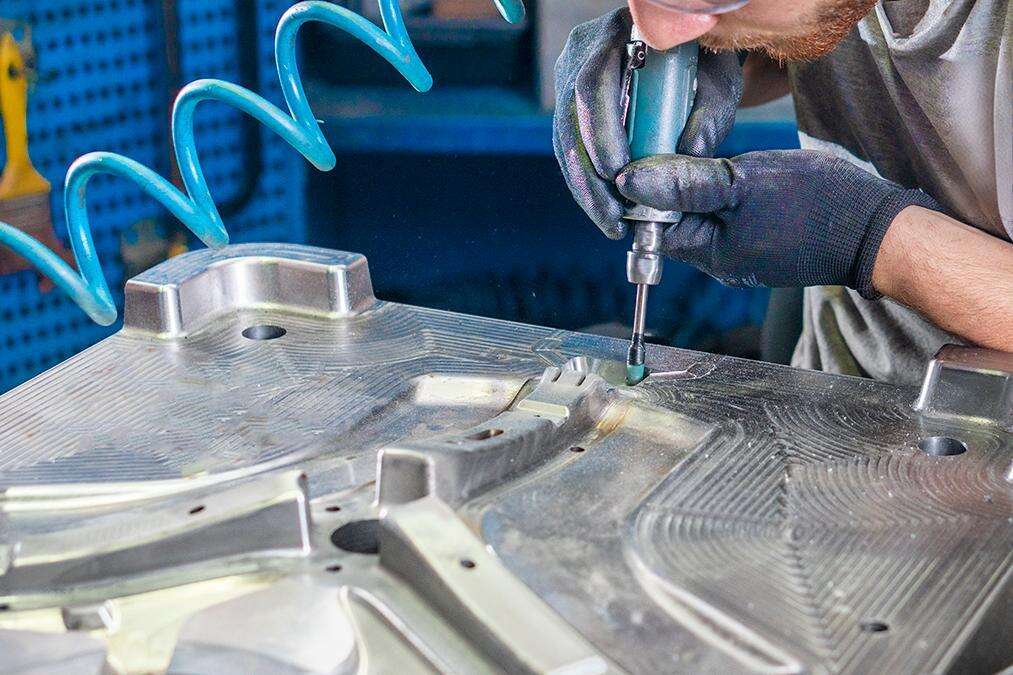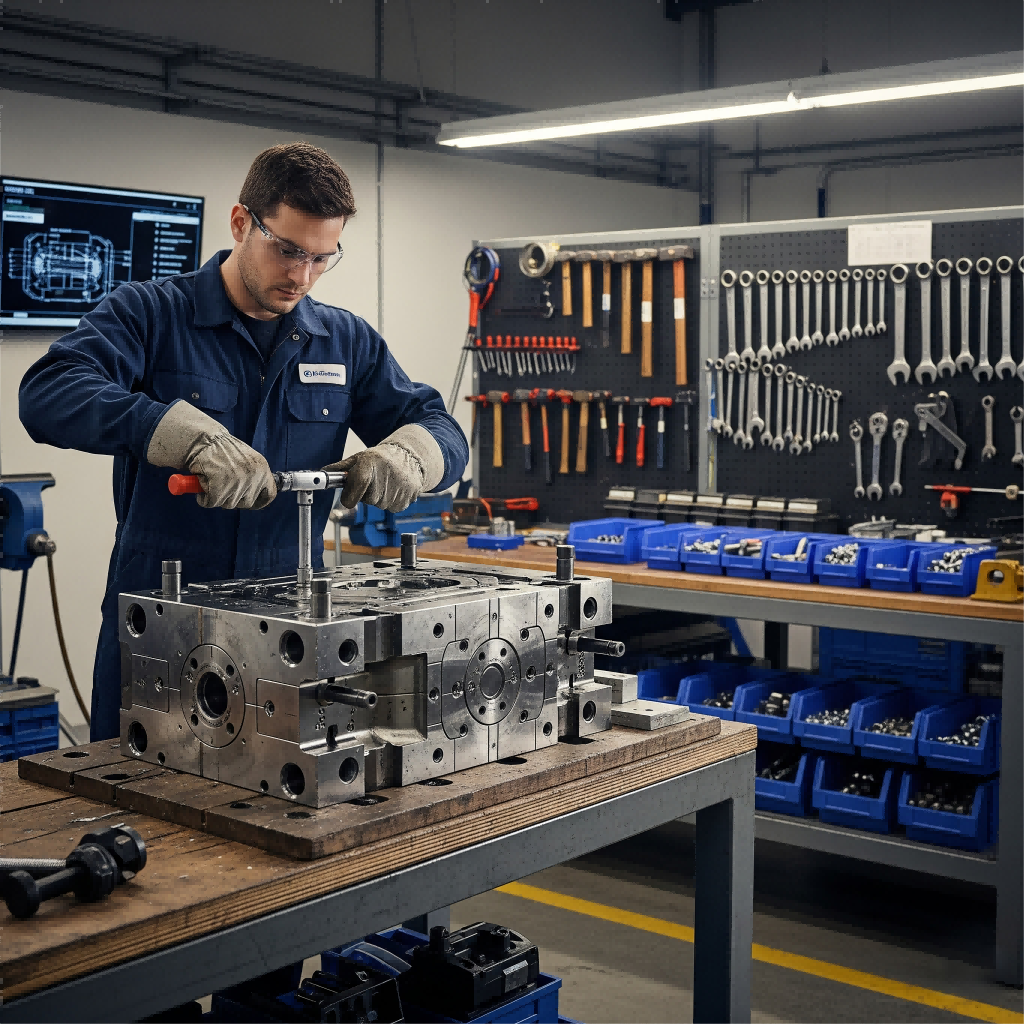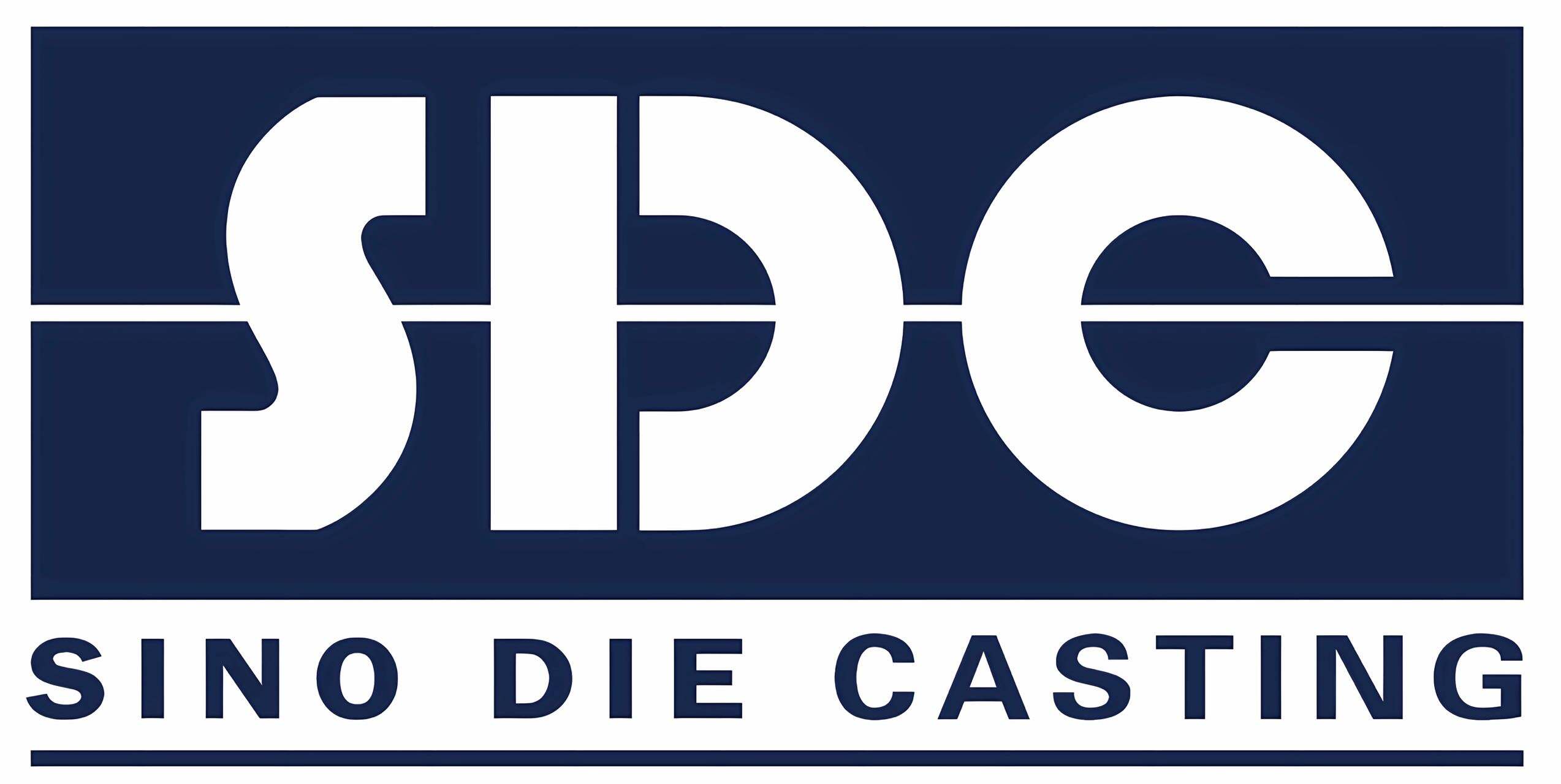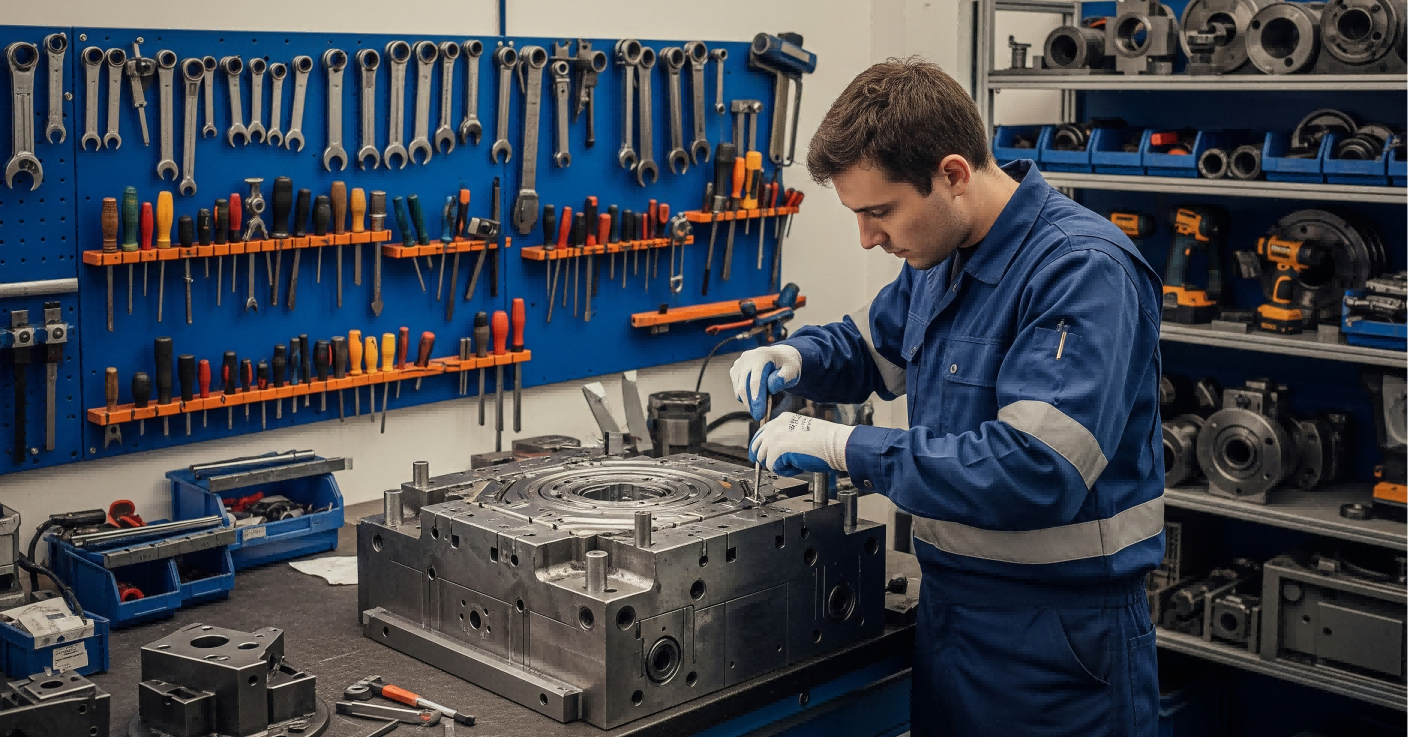Why Die Casting Mold Maintenance Matters
Proactive die casting mold maintenance prevents costly defects and unplanned downtime. Poorly maintained molds account for 47% of premature tooling failures in aluminum casting operations. By addressing wear mechanisms early, manufacturers avoid issues that impact part quality and production costs.
Risks of Neglecting Die Casting Mold Maintenance
Failing to implement preventive maintenance accelerates mold degradation through:
- Dimensional inaccuracies: Worn cavities create flash, porosity, or undersized components
- Premature tool failure: Cracks from thermal fatigue can render molds unusable mid-production
- Unscheduled downtime: Emergency repairs halt production for 8–72 hours
The average cost of unplanned mold repairs reaches $740k annually, with replacement fees ranging from $50k–$250k.
Impact of Thermal Stress and Wear on Die Casting Molds
Each casting cycle subjects molds to 500–700°C thermal swings, causing:
- Micro-cracks propagating from ejector pins and coolant lines
- Oxidation eroding cavity finishes, increasing ejection forces by 30–40%
- Gallium penetration chemically degrading unprotected steel
Routine maintenance extends mold lifespans by 200–500% compared to reactive repairs.
Preventive Maintenance Routines for Die Casting Molds
Daily Inspection and Cleaning
A structured daily inspection routine reduces premature wear by 18–24%. Key steps include:
- Visual checks for micro-cracks or eroded gates
- Removing residual aluminum oxide with non-abrasive brushes
- Verifying ejector pin and cooling channel alignment
Lubrication and Surface Finish Preservation
- Lubricate moving components every 500–800 cycles
- Use graphite-based lubricants to reduce friction by 30–40%
- Maintain surface roughness (Ra) of ≤1 µm to reduce defects by 15%
Scheduled Polishing and Component Checks
| Task | Frequency | Key Metric |
|---|---|---|
| Cavity polishing | Every 3–6 months | Restore Ra ≤0.8 µm |
| Ejector pin inspection | Every 10k cycles | Max wear tolerance: 0.05 mm |
| Bushing replacement | Every 25k cycles | Radial clearance <0.1 mm |

Inspection and Predictive Maintenance for Die Casting Molds
Identifying Mold Wear, Cracking, and Fatigue
Thermal cycles (up to 815°C) and injection pressures (15,000 PSI) accelerate wear patterns. Early detection of:
- Wear depth exceeding 0.3 mm
- Heat checks on >10% of cavity surfaces
can prevent catastrophic failures.

Detailed Inspection of Critical Zones
| Inspection Area | Method | Tolerance Threshold |
|---|---|---|
| Gates & Runners | Dye penetrant testing | Erosion depth ≤0.1 mm |
| Cavity Surfaces | 3D laser scanning | Surface roughness Ra ≤1.6 µm |
| Ejector Pins | Dimensional gauging | Diameter wear ≤0.05 mm |
| Cooling Channels | Flow rate measurement | Pressure drop ≤15% baseline |
Using Wear Data for Predictive Maintenance
AI-driven projections using historical maintenance logs can reduce unplanned downtime by 43%. Sensors monitoring temperature gradients and lubricant integrity provide additional failure warnings.
Factors Influencing Die Casting Mold Lifespan
Thermal Cycling and Mechanical Stress Effects
Thermal fatigue accounts for 70% of premature mold failures. Key stress factors:
| Stress Factor | Low-Stress Operation | High-Stress Operation | Lifespan Difference |
|---|---|---|---|
| Temperature swing | ≤200°C | ≥300°C | 160k vs 80k cycles |
| Mechanical load | ≤150 MPa | ≥220 MPa | 220k vs 95k cycles |
Material Selection and Its Impact on Mold Longevity
| Property | H13 Tool Steel | Maraging Steel | Tungsten Alloy |
|---|---|---|---|
| Hardness (HRC) | 48-52 | 52-58 | 60-64 |
| Thermal Conductivity | 24 W/mK | 19 W/mK | 75 W/mK |
Recent advances show:
- Cobalt-chromium coatings increase lifespan by 35%
- Conformal cooling channels extend tool life by 60k cycles
Operational Benefits of Proactive Die Casting Mold Maintenance
Reducing Downtime and Repair Costs
Proactive maintenance reduces unplanned downtime by 40–60% and extends mold lifespan by 30–50%.
Ensuring Consistent Product Quality and Precision
Structured maintenance programs reduce defect rates by 78% while achieving 99.5% repeatability.
Improving Energy Efficiency and Overall Reliability
Optimized thermal regulation reduces energy consumption by 15–20% and cuts scrap waste by 23%.
FAQ Section
Why is preventive maintenance crucial for die casting molds?
Preventive maintenance addresses wear mechanisms early, significantly reducing defects, downtime, and the costs involved in unplanned repairs.
What are the impacts of thermal cycles on mold integrity?
Thermal cycles can lead to micro-cracks and oxidation, adversely affecting mold lifespan and increasing ejection forces. Regular maintenance helps mitigate these effects.
How does material selection influence mold longevity?
Material choices like H13 tool steel, maraging steel, and tungsten alloy offer varying levels of hardness and thermal conductivity, which can greatly affect mold durability and lifespan.
What are the benefits of proactive mold maintenance?
Proactive mold maintenance reduces unplanned downtime, ensures consistent product quality, enhances energy efficiency, and extends mold lifespan substantially.
Table of Contents
- Why Die Casting Mold Maintenance Matters
- Risks of Neglecting Die Casting Mold Maintenance
- Impact of Thermal Stress and Wear on Die Casting Molds
- Inspection and Predictive Maintenance for Die Casting Molds
- Factors Influencing Die Casting Mold Lifespan
- Operational Benefits of Proactive Die Casting Mold Maintenance
- FAQ Section




